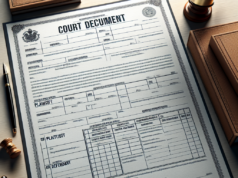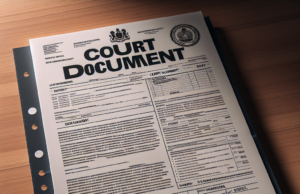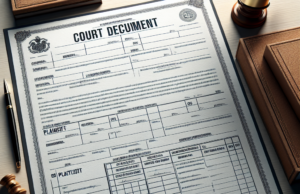
The process of filing for child support can be a long and arduous one; there exist many factors that must be taken into consideration. Although many of the tenets of the legal process vary from state to state, some constants of the structure do indeed exist. If applicable, the parents in question are labeled as custodians, they have primary custody of the child or children, and non-custodians; they are normally responsible for child support payments. However, terms of visitation, as well as penalties are usually structured via court hearings.
Child Support Payments
Child Support Payments are made on the part of the parent who does not have primary custody of the child in question, court hearing may be imperative in determining the parameters of the child support payment process. Child support payments are defined a funding that goes towards commodities that are both beneficial, as well as contributory towards the wellbeing of the child in question; health care and college tuition are two examples of this.
There exist payment calculators online, as well as a host of various online resources that provide forms, documents, and informational resources in order to assist both parties in the process of filing for child support. All aspects of the non-custodial parents, both financial and emotional, are taken into consideration in order to formulate a payment that is commensurate on both ability, as well as employment status.
Court
Legal representation, although at times imperfect, is oftentimes necessary for the finalization of both a divorce settlement, as well as a child support settlement. In the event of an amicable termination of a marriage, in which no children are present, the children in question are illegible to receive ancillary funding, or agreements on the payment of child support have been predetermined, neither court hearings nor litigation are potentially unnecessary. However, in many cases where fault cannot be established, attorneys and litigation are necessary. Prior to a court hearing, the accurate finalization of the necessary documents and forms is imperative.
The forms pertaining the institution of the child support payment process include financial statements and history, occupational details, and a general overview of the initial divorce settlement. Both the details of the divorce , including the grounds and causes, as well as which parent motions to assume the role of custodian institutes the terms of the child support payment settlement. In the event that the two parents involved are either unwilling or unable to reach an agreement, litigation may take place. However, if a court hearing is optimized, the final ruling over the case in question falls in the hands of the judge, both parents must comply with the decision.
Changing Child Support Orders
There exist many reasons why either parent may request a modification of child support. The custodial parent may feel that a cost of living increase is necessary. The noncustodial parent may have new financial difficulties that call for child support modifications. Either way, it is possible for a child support court order to be changed, either temporarily or permanently. In fact, as a child grows up it is common to have a modification of child support.
Child support modifications are possible when the circumstances that created the original child support order change. A modification of child support is commonly requested if a parent has a reduction or increase of income. Some child support modifications are also requested if either parent spends an increased or decreased amount of time with the child. One should know why they want the child support modifications changed. When the original child support order was made, the current circumstances of each parent were taken into account by the courts. If there is a change in circumstances, a modification of child support payments may be in order.
Distribution
Although at first glance, the actual transferring of funds from non-custodian to custodian may appear as a clear-cut, decisive process, many extraneous factors exist that may pose potential difficulty in maintaining consistent child support payment. At times, the non-custodial parent, who is responsible for the payments, may be unwilling , or at times unable arrears. Back child support payments must reach a certain amount before it is considered to be in arrears, and that exact amount varies from state to state.
In some cases, the non-custodian may be injured or impaired, thus unable to work. If the circumstantially-debilitated, non-custodian in question is both unable to work, as well as ineligible for government assistant, certain contingency plans may be implemented. However, refusal to pay, or fleeing an established state of residence in order to avoid payment is considered a federal offence, oftentimes punishable by jail time.
Agencies
Although there exist countless resources and agencies, both tangible and online , who act on the behalf of both custodial and non-custodial parents, the two most renowned are The Department of Child Support Services and The Office of Child Support Enforcement. Dually providing assistance to parents, these two agencies serve completely different roles. The Department of Child Support Services acts primarily as a resource center for parents engaging in custodial arrangements on the behalf of their child.
The Department of Child Support Services offers a myriad of information regarding legal assistance, informational literature, and standard problem solving materials geared to ensure that any given child support settlement process runs smoothly. In the unfortunate event of a refusal of payment, The Department of Child Support Services offers courses of action in order to collect payment; the primary course of action being The Office of Child Support Enforcement, an agency established to ensure that custodial parents receive prompt, consistent payment from non-custodial parents.
The Office of Child Support Enforcement runs the proverbial gamut to collect payments that have gone into arrears. Utilizing state-of-the-art technology, they can locate a non-custodial parent who fled, in the attempt to avoid payment. In addition, they establish a wage garnishment system, and if need be, they initiate the apprehension of the negligent parent.



























